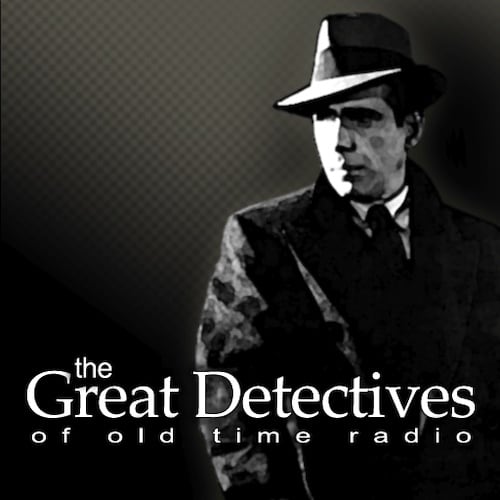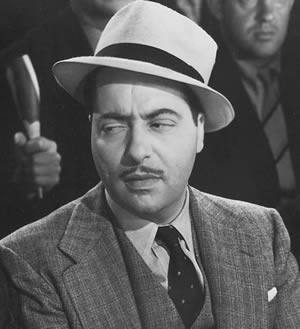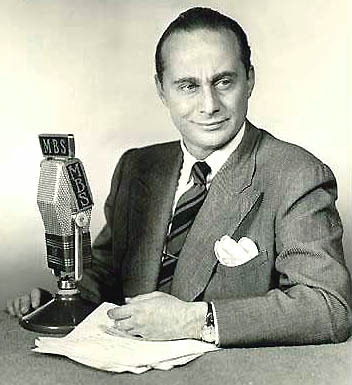Peril at End House was the first adaptation of a Poirot novel done as part of ITV’s Poirot series. The program aired January 7, 1990 ahead of the second series of 60 minute Poirot episodes.
Poirot and Hastings are on vacation when they encounters Nicki Buckley (Polly Walker), who had a series of accidents including a nearly fatal car accident. While she is talking to Poirot, she complains of a buzzing wasp. However, after she leaves, Poirot finds a bullet, which convinces Poirot that Nick is in deadly peril.
They journey to her inherited estate of End House, a beautiful home that Nick loves but can’t afford maintain. They find it inhabited by some characters of questionable motives. In addition, she has a lawyer cousin in town who could also be another suspsect. Poirot finds more intrigue and determines that Nick needs protected and Nick calls for her nearly identical cousin to be her protect. However, when the cousin is killed, Poirot realizes the case has escalated. Poirot has to find out who wants Nicki dead and why in order to prevent another tragedy.
Peril at End’s House is an intriguing ystery. While not completely unique, it is different than most whodunits as Poirot begins to work to preempt the murder. Peril at End House twists and turns quite a bit before reaching its conclusion. The story is cleverly told with the usual supply of red herring. David Suchet is solidly supported by the regular cast of the series including Captain Hastings (Hugh Fraser), Phillip Jackson (Inspector Japp), and Pauline Moran (Miss Lemmon).
If there’s any criticism at all of the telefilm is too obviously a TV movie. While later Poirot movies look and feel like they could have been shown in theaters with their rich colors and luscious cinematography, you have no doubt that Peril at End House was a made for TV movie. The DVD release makes this painfully obvious by leaving in the “To be continued…” frame that was aired when the film ran in reruns as a two episode. To this end, it also includes a somewhat absurd scene where Poirot has to explain every detail of the case they’ve been investigating to Captain Hastings in order to stop Hastings from walking off to go play golf. Hastings may not be the brightest sidekick but come on. Give me a good old fashioned, “Previously on Poirot…” any day.
However, Peril at End House was a good pick for the first ITV Poirot adaptation of the novel. It allowed the cast and crew to dip their toe into longer adaptations without any of the expensive demands that would come with a much larger project like Murder on the Orient Express. Peril at End House is a telefilm that leaves you wanting more. Good news is that it delivered much more.
Rating 4.0 out of 5.0
If you enjoyed this post, you can have new posts about Detective stories and the golden age of radio and television delivered automatically to your Kindle.
This post contains affiliate links, which means that items purchased from these links may result in a commission being paid to the author of this post at no extra cost to the purchaser.


